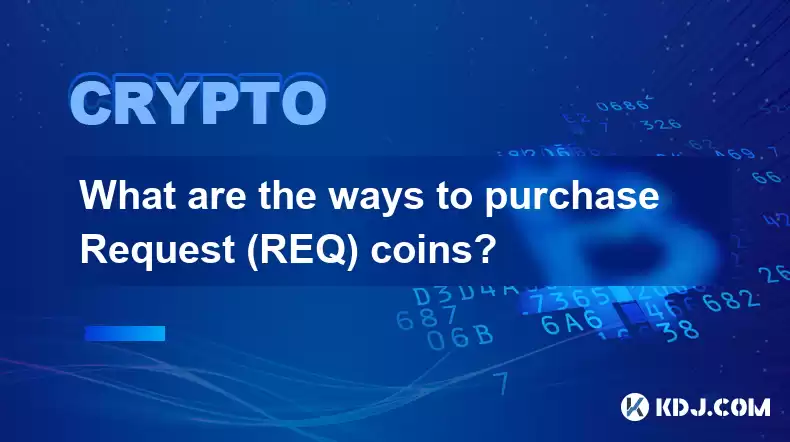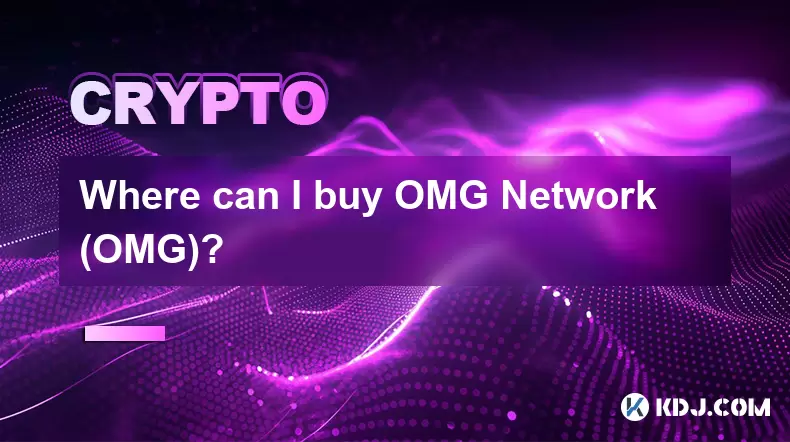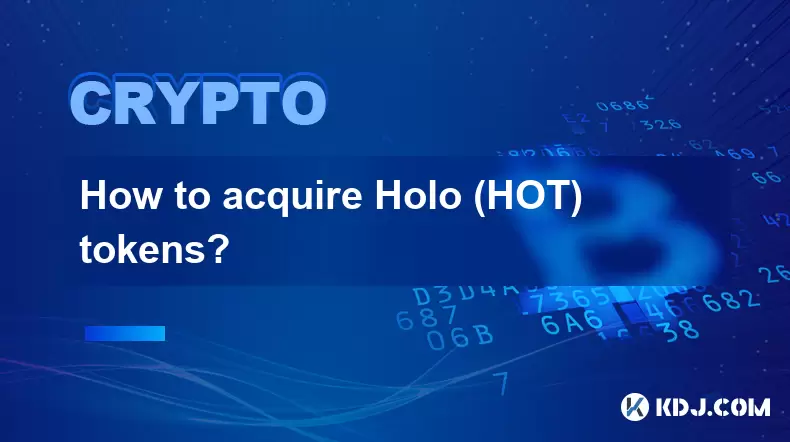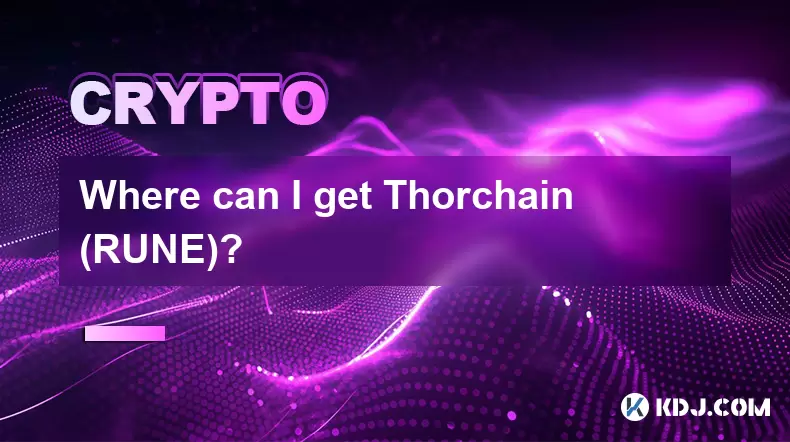-
 Bitcoin
Bitcoin $116800
0.06% -
 Ethereum
Ethereum $3916
2.20% -
 XRP
XRP $3.333
8.10% -
 Tether USDt
Tether USDt $1.000
0.02% -
 BNB
BNB $789.3
1.45% -
 Solana
Solana $177.6
2.58% -
 USDC
USDC $0.0000
0.02% -
 Dogecoin
Dogecoin $0.2232
4.03% -
 TRON
TRON $0.3384
0.01% -
 Cardano
Cardano $0.8005
4.26% -
 Stellar
Stellar $0.4651
11.58% -
 Hyperliquid
Hyperliquid $41.38
5.34% -
 Sui
Sui $3.828
2.87% -
 Chainlink
Chainlink $19.41
11.81% -
 Bitcoin Cash
Bitcoin Cash $581.4
0.02% -
 Hedera
Hedera $0.2623
3.12% -
 Avalanche
Avalanche $23.50
3.00% -
 Ethena USDe
Ethena USDe $1.001
-0.04% -
 Litecoin
Litecoin $121.8
0.85% -
 UNUS SED LEO
UNUS SED LEO $8.986
0.38% -
 Toncoin
Toncoin $3.359
1.47% -
 Shiba Inu
Shiba Inu $0.00001293
2.14% -
 Uniswap
Uniswap $10.61
4.95% -
 Polkadot
Polkadot $3.917
3.45% -
 Dai
Dai $1.000
-0.01% -
 Bitget Token
Bitget Token $4.461
1.26% -
 Cronos
Cronos $0.1516
2.47% -
 Monero
Monero $265.7
-5.07% -
 Pepe
Pepe $0.00001118
2.72% -
 Aave
Aave $283.4
3.76%
What are the ways to purchase Request (REQ) coins?
Purchasing REQ coins offers advantages such as security, anonymity, and liquidity, but the choice between centralized and decentralized exchanges depends on individual circumstances and preferences.
Dec 24, 2024 at 12:34 pm

Key Points:
- Overview of Request (REQ) Coin
- Methods of Purchasing REQ Coins
- Centralized vs Decentralized Exchanges
- Pros and Cons of Each Purchasing Method
- Step-by-Step Guides for Purchasing REQ Coins
Overview of Request (REQ) Coin
Request (REQ) is a decentralized network that facilitates secure and easy-to-use payment requests. Built on the Ethereum blockchain, REQ enables users to create, track, and fulfill payment requests in various cryptocurrencies and fiat currencies. The REQ Network provides a transparent and censorship-resistant platform for financial transactions.
Methods of Purchasing REQ Coins
There are several ways to purchase REQ coins, including:
- Centralized Exchanges
- Decentralized Exchanges
- Peer-to-Peer Marketplaces
Centralized Exchanges
Centralized exchanges (CEXs) are platforms that facilitate the buying and selling of cryptocurrencies. They act as intermediaries between buyers and sellers, providing a secure and user-friendly interface. CEXs offer various trading pairs, order types, and payment options.
Popular Centralized Exchanges for Purchasing REQ Coins
- Binance: Binance is the world's largest cryptocurrency exchange by trading volume. It offers a wide range of trading pairs, including REQ/BTC, REQ/ETH, and REQ/USDT. Binance also provides advanced trading features and margin trading.
Pros of Purchasing REQ Coins on Centralized Exchanges
- Regulated and compliant platforms
- User-friendly interfaces
- High liquidity
- Fast order execution
- Customer support
Cons of Purchasing REQ Coins on Centralized Exchanges
- Potential for hacking or security breaches
- KYC (Know-Your-Customer) requirements
- Transaction fees
Decentralized Exchanges (DEXs)
Decentralized exchanges (DEXs) are peer-to-peer platforms that enable users to trade cryptocurrencies directly without intermediaries. They operate on blockchain technology, providing anonymity and enhanced security. DEXs often offer lower transaction fees than CEXs.
Popular Decentralized Exchanges for Purchasing REQ Coins:
- Uniswap: Uniswap is a leading decentralized exchange known for its intuitive interface and low trading fees. Users can swap REQ coins directly with other users.
- KyberSwap: KyberSwap is a liquidity-aggregating DEX that sources liquidity from multiple sources to provide optimal exchange rates. It supportsREQ/ETH and REQ/USDT trading pairs.
Pros of Purchasing REQ Coins on Decentralized Exchanges
- Anonymity and privacy
- No KYC or registration required
- Lower transaction fees
- Direct control over private keys
Cons of Purchasing REQ Coins on Decentralized Exchanges
- Limited liquidity for some trading pairs
- Complex user interface for beginners
- Risk of smart contract bugs
Step-by-Step Guide to Purchasing REQ Coins on a Centralized Exchange (Binance)
- Create a Binance account: Visit the Binance website, click on "Register," and provide the required information.
- Verify your identity: Follow Binance's KYC requirements to provide proof of identity and residency.
- Fund your account: Deposit funds into your Binance account using a supported payment method, such as a credit card, bank transfer, or another cryptocurrency.
- Find the REQ/BTC trading pair: Go to the "Markets" tab and search for the REQ/BTC pair.
- Place a buy order: Enter the amount of REQ you want to buy and the price you are willing to pay. Choose an order type (e.g., limit order).
- Execute the trade: Confirm the details of your order and click on "Buy REQ."
Step-by-Step Guide to Purchasing REQ Coins on a Decentralized Exchange (Uniswap)
- Connect a wallet: Visit the Uniswap website and connect your Web3 wallet (e.g., MetaMask, Trust Wallet).
- Choose the REQ/ETH trading pair: In the swap section, select REQ from the dropdown menu for the "From" field and ETH for the "To" field.
- Enter the amount to swap: Specify the amount of ETH you want to swap for REQ.
- Set slippage tolerance: Adjust the slippage tolerance to account for potential price fluctuations during the swap.
- Confirm and execute the swap: Review the details of the swap and click on "Swap." Approve the transaction in your wallet.
FAQs:
Q: What is the best way to purchase REQ coins?
A: The best method depends on your individual preferences and circumstances. Centralized exchanges offer convenience, high liquidity, and customer support, but DEXs provide anonymity, lower fees, and control over private keys.
Q: What are the fees associated with purchasing REQ coins?
A: Centralized exchanges typically charge trading fees, deposit fees, and withdrawal fees. DEXs typically have lower trading fees, but there may be network fees or gas fees.
Q: How can I store REQ coins securely?
A: You can store REQ coins in a hardware wallet, a software wallet, or an exchange wallet. Hardware wallets provide the highest level of security, while exchange wallets offer convenience.
Q: What is the long-term potential of REQ coins?
A: REQ Network is positioned to play a significant role in the future of decentralized payments. The adoption of the REQ Network among businesses and individuals will impact the long-term value of the REQ coin.
Disclaimer:info@kdj.com
The information provided is not trading advice. kdj.com does not assume any responsibility for any investments made based on the information provided in this article. Cryptocurrencies are highly volatile and it is highly recommended that you invest with caution after thorough research!
If you believe that the content used on this website infringes your copyright, please contact us immediately (info@kdj.com) and we will delete it promptly.
- BlockchainFX: The Crypto Presale Investors Can't Ignore
- 2025-08-08 19:10:12
- Pump.fun, Memecoins, Glass Full: Solana's Launchpad Wars Heat Up!
- 2025-08-08 18:50:12
- Crypto Market Heats Up: Altcoin Spree Drives Market Cap to $3.87T
- 2025-08-08 19:05:02
- Cardano (ADA) Price Gears Up: Open Interest Surges Amidst Key Resistance Retest
- 2025-08-08 19:15:42
- Bitcoin, Meme ICOs, and FOMO: Catching the Next Crypto Wave
- 2025-08-08 18:30:34
- OM, Investment, and Growth: Decoding the Latest Trends in Digital Assets
- 2025-08-08 18:30:34
Related knowledge

Where can I buy UMA (UMA)?
Aug 07,2025 at 06:42pm
Understanding UMA and Its Role in Decentralized FinanceUMA (Universal Market Access) is an Ethereum-based decentralized finance (DeFi) protocol design...

Where can I purchase Siacoin (SC)?
Aug 08,2025 at 11:14am
Understanding Siacoin (SC) and Its Role in the Sia NetworkSiacoin (SC) is the native cryptocurrency of the Sia decentralized cloud storage platform, a...

Where can I buy OMG Network (OMG)?
Aug 08,2025 at 12:57pm
Understanding OMG Network (OMG) and Its PurposeThe OMG Network, originally known as OmiseGO, is a layer-2 scaling solution built on the Ethereum block...

What exchanges support buying IOTA (MIOTA)?
Aug 07,2025 at 09:58pm
Understanding the Role of Private Keys in Cryptocurrency SecurityIn the world of cryptocurrency, private keys are the cornerstone of ownership and con...

How to acquire Holo (HOT) tokens?
Aug 08,2025 at 05:56am
Understanding Holo (HOT) and Its EcosystemHolo (HOT) is a cryptocurrency token associated with the Holo ecosystem, which is built on the Holochain fra...

Where can I get Thorchain (RUNE)?
Aug 08,2025 at 08:07am
Understanding the Role of Seed Phrases in Cryptocurrency WalletsA seed phrase, also known as a recovery phrase or mnemonic phrase, is a critical compo...

Where can I buy UMA (UMA)?
Aug 07,2025 at 06:42pm
Understanding UMA and Its Role in Decentralized FinanceUMA (Universal Market Access) is an Ethereum-based decentralized finance (DeFi) protocol design...

Where can I purchase Siacoin (SC)?
Aug 08,2025 at 11:14am
Understanding Siacoin (SC) and Its Role in the Sia NetworkSiacoin (SC) is the native cryptocurrency of the Sia decentralized cloud storage platform, a...

Where can I buy OMG Network (OMG)?
Aug 08,2025 at 12:57pm
Understanding OMG Network (OMG) and Its PurposeThe OMG Network, originally known as OmiseGO, is a layer-2 scaling solution built on the Ethereum block...

What exchanges support buying IOTA (MIOTA)?
Aug 07,2025 at 09:58pm
Understanding the Role of Private Keys in Cryptocurrency SecurityIn the world of cryptocurrency, private keys are the cornerstone of ownership and con...

How to acquire Holo (HOT) tokens?
Aug 08,2025 at 05:56am
Understanding Holo (HOT) and Its EcosystemHolo (HOT) is a cryptocurrency token associated with the Holo ecosystem, which is built on the Holochain fra...

Where can I get Thorchain (RUNE)?
Aug 08,2025 at 08:07am
Understanding the Role of Seed Phrases in Cryptocurrency WalletsA seed phrase, also known as a recovery phrase or mnemonic phrase, is a critical compo...
See all articles

























































































